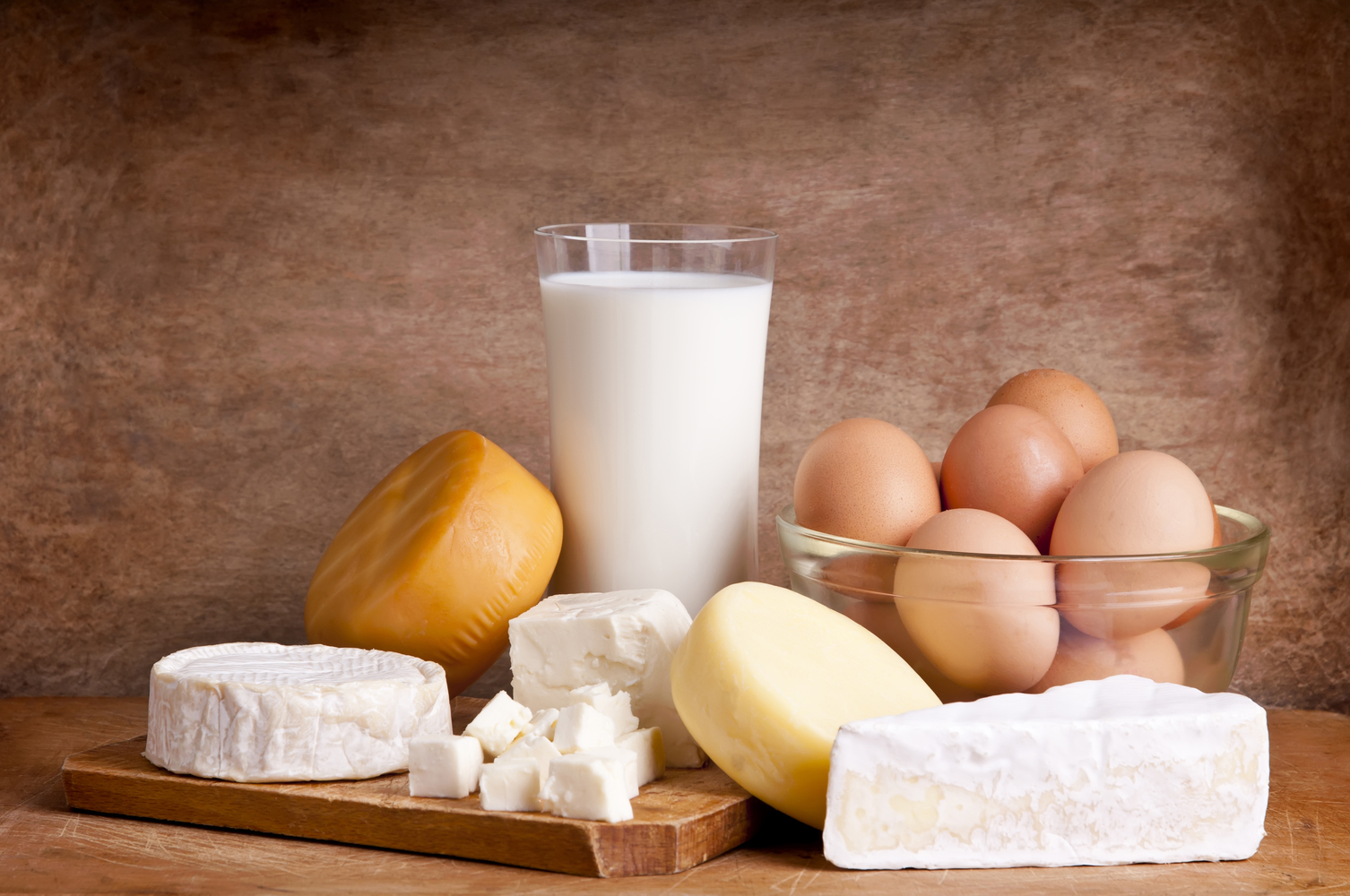Comprehensive Guide to Dietary Triggers That May Cause Migraines and How to Manage Them
This comprehensive article explores common dietary triggers for migraines, including nitrates, aged cheeses, gluten, citrus fruits, and alcohol. It highlights how these foods can provoke headache attacks and offers practical tips to reduce their impact. By understanding and managing these dietary factors, migraine sufferers can better control their symptoms, improve their quality of life, and develop customized nutritional strategies. The guide emphasizes the importance of a balanced diet, hydration, and professional consultation for effective migraine management.

Understanding Dietary Factors That Can Trigger Migraines
Migraines are severe, pulsating headaches that often occur on one side of the head. They can be accompanied by a range of distressing symptoms such as nausea, vomiting, visual disturbances, and heightened sensitivity to light, sound, and smells. While environmental factors like weather changes, strong odors, and stress play a significant role in migraine episodes, dietary choices also substantially influence the frequency and severity of attacks. Approximately 10% of individuals suffering from migraines report that specific foods can provoke their symptoms. Recognizing and avoiding these dietary triggers is crucial in developing an effective management plan for reducing migraine instances and enhancing overall quality of life.
In this comprehensive guide, we delve into the most common food-related triggers for migraines, why they cause such reactions, and practical tips on how to minimize their impact. Whether you're a long-term migraine sufferer or newly experiencing these episodes, understanding your diet’s role can empower you to make healthier choices and potentially decrease the frequency of attacks.
Key dietary triggers include various foods rich in certain chemicals or with particular manufacturing processes. Let’s explore these in detail:
1. Nitrate-Rich Foods
Nitrate-containing foods are among the primary culprits in triggering migraines. These are predominantly processed and cured meats such as hot dogs, deli meats like ham and turkey, bacon, and sausages. Nitrates are used in preservation and enhancement of flavor, but once ingested, they convert into nitric oxide in the body. This compound plays a role in dilating blood vessels within the brain and other parts of the body. While some vasodilation is normal, excessive dilation can lead to increased headache pain, especially in those predisposed to migraines.
Furthermore, processed meats tend to be high in sodium, which can elevate blood pressure and induce dehydration—both factors known to trigger migraines. Dehydration reduces blood volume and oxygen flow to the brain, significantly increasing headache risk. Therefore, individuals sensitive to dietary nitrates should limit intake of cured meats and opt for fresh, unprocessed alternatives whenever possible.
2. Dairy ProductsMany migraine sufferers find that aged dairy products serve as a significant trigger. Items such as aged cheeses—feta, blue cheese, Gouda, and Parmesan—contain higher levels of tyramine. Tyramine is a naturally occurring compound that develops as proteins in the cheese break down during aging. This compound can influence blood pressure and cause the release of norepinephrine, a stress hormone that can constrict and then dilate blood vessels in the brain, potentially sparking migraine attacks.
In addition to tyramine, dairy products like yogurt, sour cream, and buttermilk might also contribute to headache development because of their amino acid content and potential inflammatory effects. For individuals prone to migraines, avoiding aged and fermented dairy products can lead to a noticeable reduction in attack frequency. Fresh, non-aged dairy options may be better tolerated but should still be monitored for individual responses.
3. Gluten-Containing Grains
Gluten, a protein found predominantly in wheat, barley, and rye, has been implicated in numerous health issues, including as a potential migraine trigger for some individuals. Though research remains ongoing, some experts consider gluten to act as a neurotoxin in sensitive people, leading to nerve inflammation and vascular changes within the brain that can precipitate migraines.
Furthermore, the widespread use of pesticides and other chemicals in wheat cultivation might exacerbate inflammatory responses. These substances can irritate the digestive system and nervous tissue, contributing to migraine pathology. People who experience migraines linked to their diet might consider a gluten-free lifestyle after consulting healthcare professionals. Eliminating gluten has shown to decrease migraine frequency and severity in some cases, though individual responses vary.
Eliminating or reducing intake of bread, pasta, baked goods, and cereals containing gluten can be a strategic step toward better migraine management. Always seek professional guidance before making significant dietary changes.
4. Citrus Fruits
Oranges, lemons, limes, and grapefruits are rich in compounds that, in some individuals, can elevate hormones related to migraine episodes. The natural chemicals in citrus fruits, including tyramine and other bioactive substances, can influence blood vessel behavior and hormone levels, potentially triggering headaches.
Moreover, citrus fruit juices are often condensed sources of these chemicals, and excessive consumption might irritate the stomach lining and gastrointestinal tract, further contributing to migraine susceptibility. For those sensitive to citrus or experiencing frequent headaches after consuming these fruits or their juices, reducing intake or choosing alternatives may be beneficial. Incorporating a balanced diet with varied fruits can help maintain nutritional health without exacerbating migraine symptoms.
5. Alcoholic Beverages
Alcohol is a well-known trigger for many migraine sufferers, with studies indicating that up to 35% of individuals experience migraines after alcohol consumption. Beverages such as red wine, beer, champagne, and spirits are primary culprits. Alcohol influences the brain’s blood vessels by causing dilation, which increases blood flow and can trigger headache pain.
Additionally, alcohol acts as a diuretic, leading to dehydration—a key factor in migraine episodes. It also disrupts hormone balance, notably lowering testosterone and affecting various neurotransmitters. The slowed liver function caused by alcohol also impairs the body's ability to detoxify and metabolize other chemicals, further increasing headache risk. Blood sugar spikes caused by alcoholic drinks can also contribute to migraines. For these reasons, limiting or avoiding alcohol can be an effective strategy in migraine management.
In conclusion, understanding how specific foods influence migraine episodes arms sufferers with valuable information to better control their health. Maintaining a balanced diet, staying well-hydrated, and avoiding known triggers can significantly reduce the frequency and severity of migraines. If you suspect certain foods are contributing to your headaches, consider keeping a detailed food diary and consult healthcare professionals or a registered dietitian to develop a personalized dietary plan that promotes your well-being and minimizes migraine occurrences.





